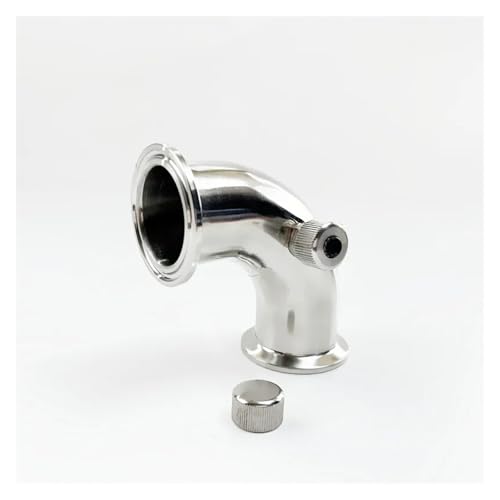Mark1964
Landlord.
Got a litmus testing kit what is the ideal ph of the mash when maximum sugar has been extracted?

No it fcuking doesn't!!!mark1964 said:iodine gives a blue colour when the mash is at its correct ph but what is that ph?














mark1964 said:who said i was usung litmus papers?
mark1964 said:you all have me confused now the ph level should be between 5 and 8 on this testing kit that should be a blue to a black colour
kev said:
Irrelevant as to whether it is a litmus kit or litmus papers, it is still inaccurate for brewing purposessnail59 said:Unless he edited it he didn't. He said he has a LITMUS TESTING KIT.kev said:You did in the first post?mark1964 said:who said i was usung litmus papers?
Litmus is a water-soluble mixture of different dyes extracted from lichens, especially Roccella tinctoria. It is often absorbed onto filter paper to produce one of the oldest forms of pH indicator, used to test materials for acidity. Blue litmus paper turns red under acidic conditions and red litmus paper turns blue under basic (i.e. alkaline) conditions, with the color change occurring over the pH range 4.5-8.3 at 25 °C. Neutral litmus paper is purple. Litmus can also be prepared as an aqueous solution that functions similarly. Under acidic conditions the solution is red, and under basic conditions the solution is blue.